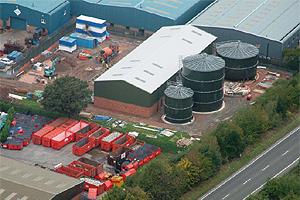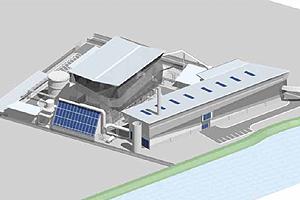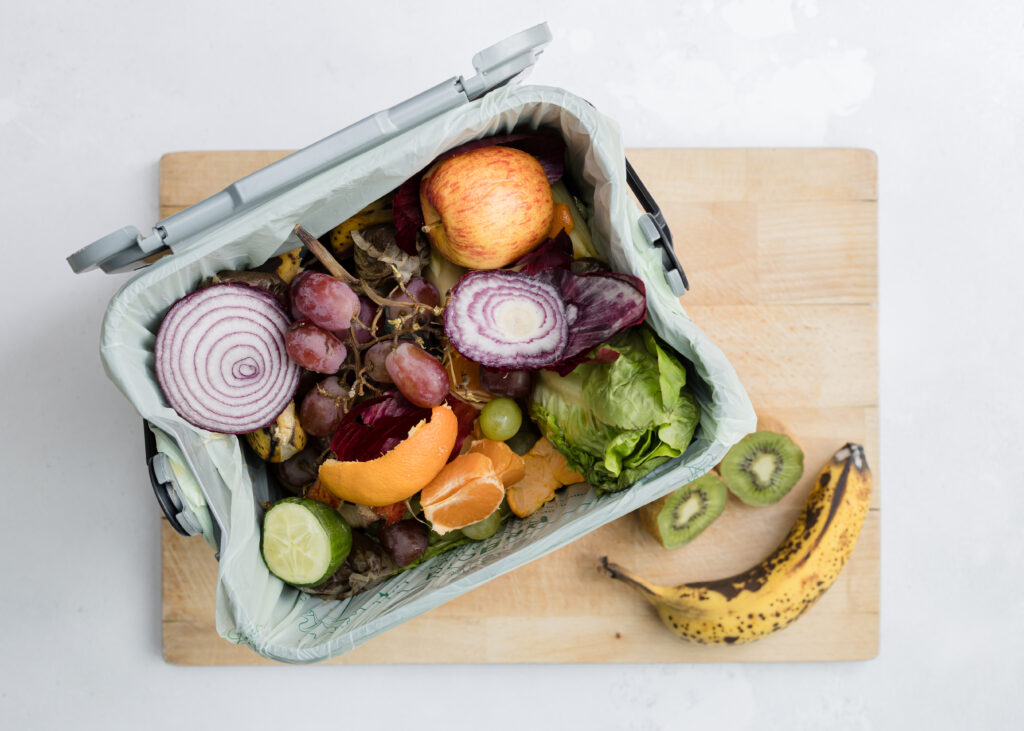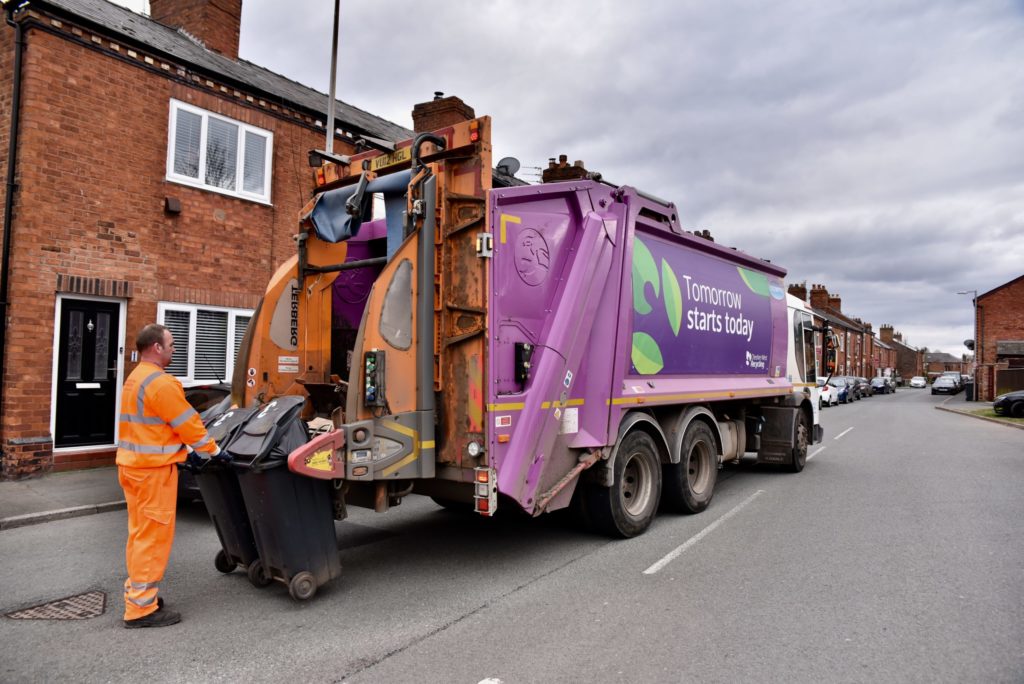Its aim was to establish 10 new waste treatment plants to test various technologies -including gasification, in-vessel composting, anaerobic digestion and mechanical heat treatment – to prove their economical, social and environmental viability.
Today, the programme has narrowed to eight plants. Of these, two are now operational – the Bioganix invessel composting facility in Herefordshire and the Greenfinch anaerobic digestion facility in Shropshire. Two plants are in the commissioning stage – Premier Waste's anaerobic digestion plant in Durham and Envar's in-vessel composting plant in Cambridgeshire.
One plant, a pyrolysis facility being developed by Scarborough Power in North Yorkshire, is awaiting a waste permit before construction begins.
The remaining three plants – Compact Power's pyrolysis plant near Bristol, Waste Gas Technology UK's gasification plant on the Isle of Wight, and Fairport Engineering's mechanical heat treatment facility in Knowsley – are all in the construction stage.
The chosen facilities are all being developed to include visitor centres on-site so that local authorities and other interested parties can assess the technology and see it in action, in what Mr Brooks describes as a “a safe, non threatening environment without sales pitches from waste management companies and technology providers.”
The completion date for the remaining projects is April 2009, by which time a full research and development programme will have been conducted by independent specialists and the results published by Defra. A range of PDFs CDs and DVDs will be created to be disseminated during the demonstration period.
Mr Brooks explains that two types of reports will be produced to detail the findings of the Demonstrator Programme projects – high level reports for academics, and also more generic reports for people with less specialist knowledge.
In addition to the facilities themselves, a £1.5 million supporter programme has been set up to help spread increase understanding of new technologies including study tours abroad and in the UK for local authority elected members and training courses for local authorities.
Mr Brooks says: “The number of people from the waste management industry attending the events has increased drastically as the project has progressed. There is a growing recognition that new technologies are the way forward, particularly in the light of the rising Landfill Tax in this year's budgets.”
Anaerobic digestion
As a direct result of Defra's work with the Demonstrator Programme, anaerobic digestion featured prominently in the new English Waste Strategy 2007, with Defra stating that using the technology to manage biowaste has “significant environmental benefits over other options for food waste (and may be particularly cost effective for food waste.”
The Department's decision to encourage the use of anaerobic digestion came after its experience of the Greenfinch plant in Ludlow. The plant, with a capacity to treat 5,000 tonnes of organic waste a year, has been treating green waste and food waste collected locally.
The Greenfinch process starts in an enclosed waste reception hall in which emissions are controlled by a biofilter. The waste is shredded and heated within tanks to 37 degrees centrigrade, in which the material is broken down by microorganisms to produce two outputs – solid digestate and biogas.
The material is then pasteurised for an hour at 70 degrees, complying with the animal by-products regulations.
The local farming community is already using the compost-like digestate from the site, and Greenfinch is working with the Waste & Resources Action Programme's organic team to establish a waste protocol for anaerobic digestion outputs.
At the moment the biogas – mostly made up of methane – is being converted into electricity and 800,000 kilowatts per hour is being used to heat the plant. However, Mr Brooks also explains that Greenfinch is also looking at the potential to use a proportion of the biogas as part of a local district heating system.
Over the last two years, Greenfinch has been experimenting with the input to establish the best “mix”. In the first year of the site, the plant processed a mix comprising largely of green waste and a small percentage of food waste and this year the proportions have swapped round so the plant is processing a small amount of green waste and a large amount of food waste. Mr Brooks explains: “The plant needs a tailored feedstock and it works substantially better with a high proportion of food waste.”
In-vessel composting
Bioganix – the second of the operational sites in Herefordshire, is using a rotary in-vessel composting system to process 10,000 tonnes of source segregated mixed garden and kitchen waste.
The site took just six months to build, which Mr Brooks says is one the technology's appeals.
The rotary compost vessel ensures that anaerobic conditions are constantly maintained, which minimises the anaerobic production of methane. The process is also energy efficient as bacterial energy creates the required temperature rise and the rotating vessel uses just 10 kilowatts of power to operate.
Approximately 85% of the incoming weight is converted into PAS100 fertiliser and the weight loss arises from moisture loss.
Field trials and product development have also revealed that there is an established market for the product and the Bioganix product is certified for use under derogation as an organic input by the Organic Farmers and Growers.
Mr Brooks is particularly pleased with Bioganix's technology as it has already won a contract with Suffolk county council and is on a short list for other contracts.
Visitor centres are open for both Bioganix and the Greenfinch plants, and Mr Brooks is keen to target local authorities who collect food waste or are intending to collect food waste in the future. Mr Brooks also recommends that local authorities who have already seen the plants in the early stages of development should re-visit the plants to see their progression.
Gasification
Speaking about the demonstrator projects which are particularly innovative, Mr Brooks explains that Waste Gas Technology's Gasification plant in the Isle of Wight which will enter the construction stage this September “will allow Isle of Wight to be self sufficient in terms of waste”.
Currently, Biffa waste management – the Isle of Wight's waste operator- delivers the refuse derived fuel, created in the existing incinerator, to cement kilns in the UK.
The demonstrator project will see the current incinerator being upgraded and an Energos advanced thermal technology unit put in, to treat 30,000 tonnes of RDF and produce electricity.
However Mr Brooks did say that the cost of this particular technology is “very high” and that Energos is looking at other ways to fund the plant as well as developing the process to provide central heating for the local area, with the agreement from local authority.
Challenges
While Mr Brooks is about the progress in the demonstrator programme, the last four years have not been without challenges.
However Mr Brooks is not deterred by the withdrawals. “We have always said the attrition rate for the programme would be very high,” he says. “The timescale we are operating on is very demanding – all of the technologies have to have their final reports done by the end of March 2009 and if they can't do that then obviously we have to come to an arrangement.”
Looking back on the last four years, Mr Brooks admits that there were a number of things he would change if he had the opportunity to do the new technologies programme again. He says: “We needed to realise from the outset you can't build new technologies quickly. We should have gone for commercial scale plant from outset rather than initially looking at small scale plants as they wouldn't satisfy the bank's criteria on bankability. “
However he defends the scheme by saying: “We have never expected that new technologies would play a significant part in achieving 2010 targets but these technologies will definitely have an impact on targets for 2013 and beyond.”
So what happens if these technologies don't succeed? Mr Brooks explains Defra's impartial role in the programme: “It is not up to us to sell the technology- it is the capacity of the technology to sell itself. If it doesn't prove itself then the local authorities won't buy them.
“It is a possibility that the technologies won't be able to deal with the waste. But ideally the demonstrator programme will allow previously overlooked technologies to be able to achieve a proven track record and therefore improve their bankability.”
On leaving his post at the end of the month, Mr Brooks is set to move into environmental consultancy. Looking back on the programme he says: “It has been very exciting and incredibly demanding.”












Subscribe for free